Infotainment HMI For
Elderly Drivers
Elderly drivers ( age > 65 years ) face many difficulties in driving due to increasing physical,
cognitive and psychomotor disabilities. With the increasing travel needs and poor infrastructure,
there is a greater need for effective Human Machine Interfaces in personal automobiles.
The project is aimed at following an end to end design process to come up with the
Infotainment System for these elderly drivers.

My Role
During this internship with Bosch, I played primary roles of a Design Researcher and
HMI concept designer. I carried out research in two major cities Bangalore and Hyderabad.
oberving the driving habits of Elderly drivers.
I interviewed them to gain insights into their information consumption, usability patterns.
I have visited several Infotainment Retailers and Service Stations to record the buying patterns of
the elderly drivers.
I have given extensive guidelines considering the Human Factors and Ergonomics
on Visual / Physical and Cognitive disabilities.
I have generated several concepts and developed prototypes for the selected few.
THE PROCESS
Deep Dive

I followed a convergence and divergence model to gain in depth understanding into elderly driving behaviors and their needs. Broader insight into the upcoming trends in Infotainment systems and New technologies in Automobiles.
By assimilating the information at every step of my design process, I built relationship models to come up with better concepts.
THE DOMAIN
Introduction to the domain
Being relatively new to the domain of automobiles and designing interfaces to the infotainment system
I had to do an extensive domain study. Infotainment is a portmanteau ( blend word ) of Information and Entertainment.
Information in automobiles is classified into :
- Information from the automobile intended for the driver ( eg: Speed, RPM, Fuel level etc )
- Information as a feedback or acknowledgment of actions ( Turning Indicators On, Wiper etc )
- Secondary Information of auxiliary functions ( AC, Temperature control, media etc )
- Warning or attention seeking information ( Battery low, Seatbelt warning etc )
- Entertainment is more about Media, Music, Bluetooth connectivity, Navigation etc.
Some of the innovations in the recent times are :
- ADAS: Advanced Driver Assitance System which includes features such as adaptive cruise control, blind spot monitoring, lane departure warning etc.
- Connected Cars: The cars connected to each other and with the cloud. A lot of applications can be built on this to enhance safety and better navigation.
Every year new features are released embedding new technologies, innovative designs and smart applications.
DOMAIN STUDY
Understanding Elderly Drivers
The aging of human brings the progressive slowness of behavior.
The ability to perform continuous movements of complex skills decline and coordination is disrupted.
Also the loss of muscle strength, endurance, decrease in the range of joint movements
and reaching distances are major factors responsible for age-related motor limitations.

Some of the major disabilities in older population are
- Acuity: the ability to make visual discrimination. To perceive detail in stationary objects and in moving objects.
- Accommodation: It is the ability to focus on objects at different distances from the eye. When reading from a portable device like a mobile or book they often move the device to appropriate distance from eye optimizing focus. This they cannot do with fixed displays like dashboards and display screens.
- Adaptation: Adaptation is the way the eye changes its capabilities between very low and normal illumination levels. Driving at night becomes very difficult.
- Perception of Depth: It is very difficult for elderly people to integrate the sources of information rapidly and may have problems with perceiving depth.
- Colour vision: With increasing eye diseases like glucoma and diabetes there is loss of color perception towards the end of the spectrum (violet/ blue).
- Auditory:The general effect of aging lead to progressive loss of hearing high-frequency sounds. They would need high-intensity sounds to be heard.
- Motor Capabilities: Poor movement and hand-eye coordination is a major difficulty associated with driving. Arthritis causes elderly drivers to refrain from driving too.
MOBILITY
Need for mobility
Better HMI is important
Need for mobility is important for a quality social life of the elderly.
With increasing nuclear families and sub urbanization the need to reach far off places for
the daily activities is necessarily important.
Driving to the destinations is commonly observed in the elderly without depending
on others for assistance.
With increasing health disabilities in vision, depth perception, motor and cognitive
capacity self driving becomes a challenging task. The constraints in architecture,
technology add to the existing challenges.
Thus a better design in the Human Machine interactions inside the car system is very important
especially for the elderly drivers where the car adapts to the user , understands the user
and help in better and effortless mobility.
MOBILITY
Disabilities in driving
Easy distraction and slow reaction
With age people’s ability to maintain intention generally decreases,
where as their susceptibility to distraction increases.
They could fail to respond in time to a developing situation because of declines
in psychomotor abilities also they are unable to turn head to extreme angles
for a side to side scan. Situation awareness to predict the unseen cross traffic is also lowered.
The age-related perceptual and cognitive difficulties of older people lead them to change their driving habits
and often to give up driving, which affects their own mobility.
Despite the age-related ailments rise up, older people can drive safely, compensating their failures by using their remaining abilities in a deeper way.
In a healthy ageing process, age-related decrements don't have significant impact on task performance if previous experience can be used.
Older drivers avoid driving conditions that impose higher demands, such as driving at night with poor weather conditions or during rush hours.
Moreover, the driving related interactions with new in-vehicle technologies increase the task complexity.
BRAINSTORMING
Relationship Model
After the domain study, I have done extensive brainstorming on elderly drivers and the experience of driving.
I have summed up the data from domain study and the personal experience on the topic.
I created affinity maps, based on the keywords and categories.
I then tried to give it a structure giving me a big picture and thus helps me find the missing links to uncovered areas.



Natural environment holds the infrastructure which is responsible for the technology to grow and sustain.
Upgradations in the technology are mainly the increasing changes in the infrastructure.
Technology layer has a hold on the enormous interactions that are possible between the driver and the car.
RESEARCH
Design Research Methods
User research was conducted to study the user behaviors, the human machine interactions, the challenges faced by the
elderly drivers, to study the design opportunities that arise which can be supported by the products / services and
also to provide guidelines for the effective designs.
The focus was to check how the problems arise from physical and cognitve disabilities of the elderly
drivers affect their driving. Various design research methods were adopted to gain in depth understanding.
The other main purpose of this research was to learn the patterns in interactions of the elderly drivers with the automotive infotainment system.
The different qualitative and quantative research methods I followed are:
- Ethnographic Research
- Interviews with SMEs
- Personal interviews with users
- Surveys
Later after the design research, the results were grouped and the analysis is done to know the problem areas and design opportunities which acted as primary insights to develop concepts and form guidelines.
DESIGN RESEARCH
Ethnographic Research
Ethnographic Research in which I have observed the elderly drivers the way behave in different traffic conditions like
intersections, at traffic signals, parking areas, what they carry in cars, in cities. Photographs and video clips were taken to observe and study the behaviors.
My main observations are :
 Elderly drivers face a problem in maintaining the vehicle stand still at signals and sloped raods.
Elderly drivers face a problem in maintaining the vehicle stand still at signals and sloped raods.
They tend to move backwards without their notice.
They experience jerks while starting from neutral position
They are very cautious at intersections without traffic signals
In high congestion on roads, they repeatedly honk out of worry.
Some of the key insights are:
- Unable to recognize the slow movement
- Alert needed as they tend to forget to apply brake
- Difficulty in using handbrake and changing gear simultaneously

Stop and Proceed observed at the intersections without traffic signals
Some of the key insights are:
- Cannot have secondary look - looking for vehicles approaching while moving.
- Depth perception problem
- Assessment of approaching vehicle speed

Deliberate attempt for front and rear judgement of by the elderly driver.
Lots of scratches and dents on front bumper
Some of the key insights are:
- Poor judgement of the driver
- Estimation problem of the elderly driver
- Need for system to show the clearance

Most of the elderly drivers own smaller cars compared to other drivers.
Some of the key insights are:
- Easy maneuverability
- Economical
- Minimal complexity in human machine interaction.

Most of the elderly drivers have napkins and drinking water on the dashboard / cockpit
Some of the key insights are:
- Special holders are required
- Cleanliness conscious

Divine idols are placed in the car on their dashboard
Some of the key insights are:
- Need for localization by auto makers
- Safety conscious
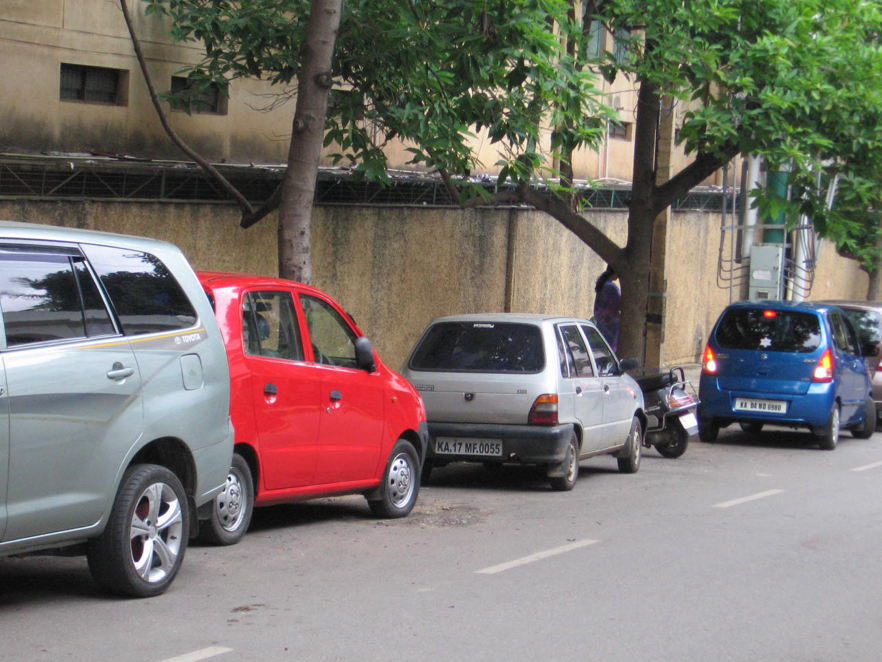
Parallel parking is very difficult for most of the elderly drivers.
Some of the key insights are:
- Restricted movement inside car
- Front and rear judgement problem
- Assistance needed
- Need to know wheel position/ trail
DESIGN RESEARCH
Interviews
Interview with the SMEs gave detailed understanding on the user's (elderly driver) choices
while buying the car and infotainment system. Interviews were conducted with general manager of
accessories and sales at RNS Motors pvt ltd, Best Cars pvt ltd in Bangalore, Suraksha Motors Hyderabad.
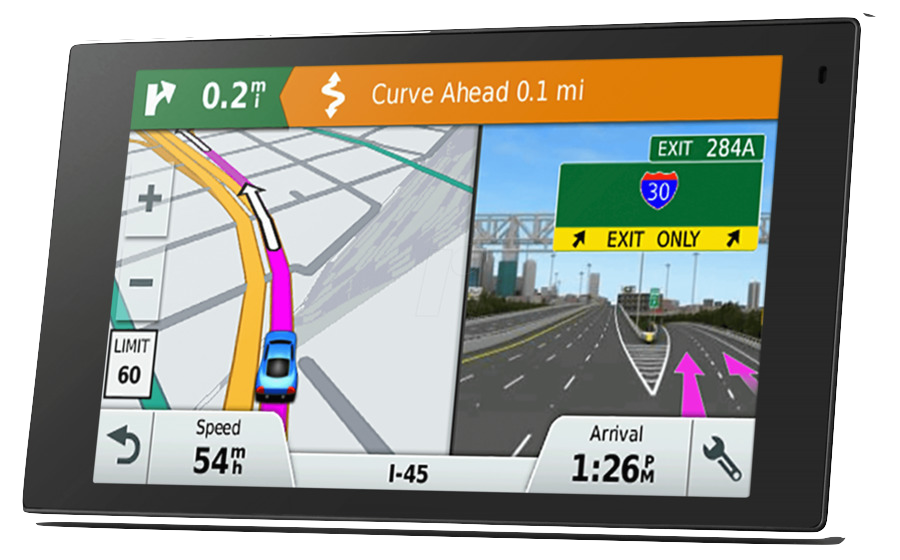 Elderly vehicle owners rarely opt for the navigation systems.
Elderly vehicle owners rarely opt for the navigation systems.
Some of the key insights are:
- Indians are not so familiar with the traditional mapping system.
- Landmarks play important role in navigation.
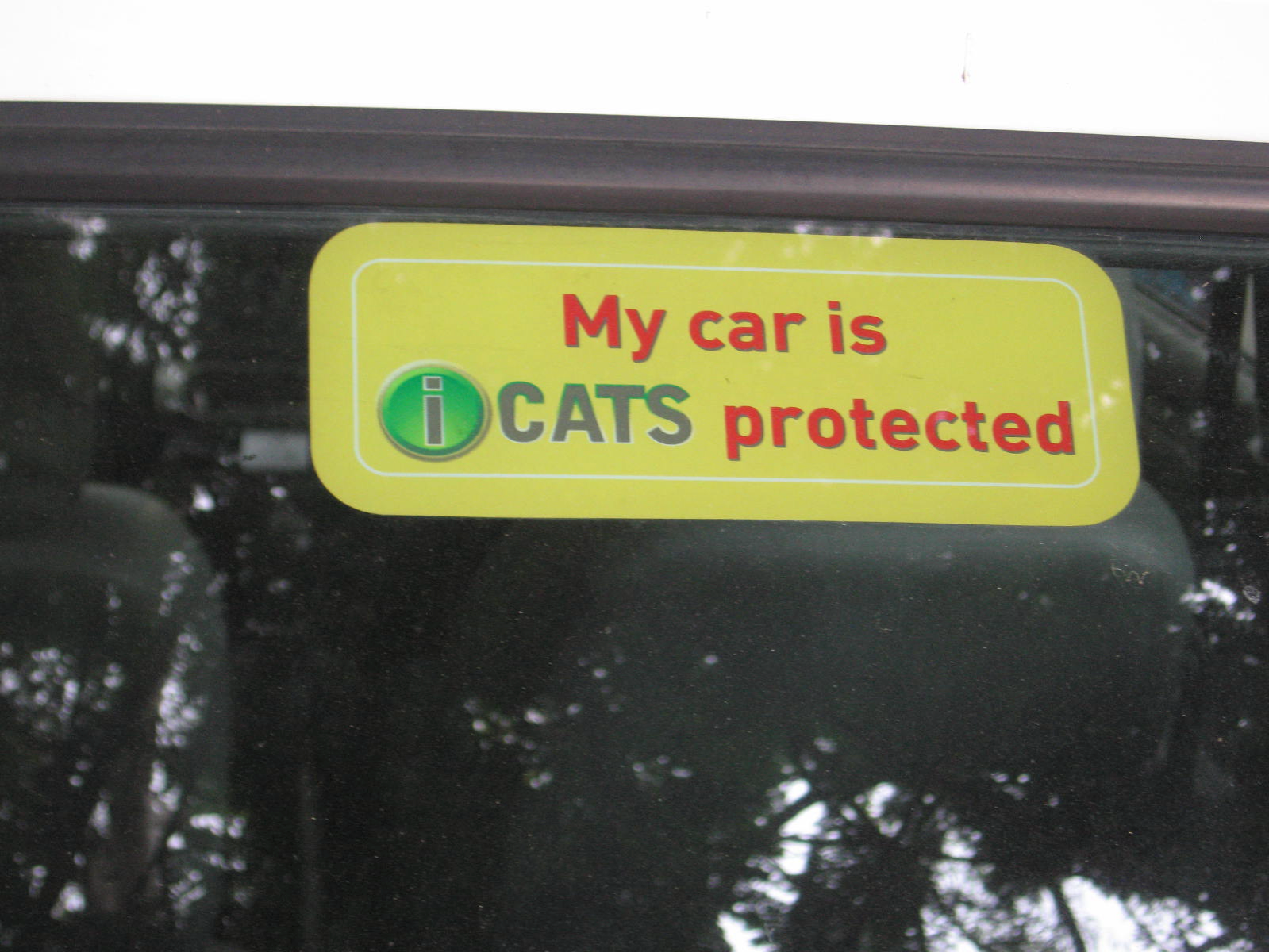
Most of the accessories elderly opt for their car belong to the security and safety of the automobile.
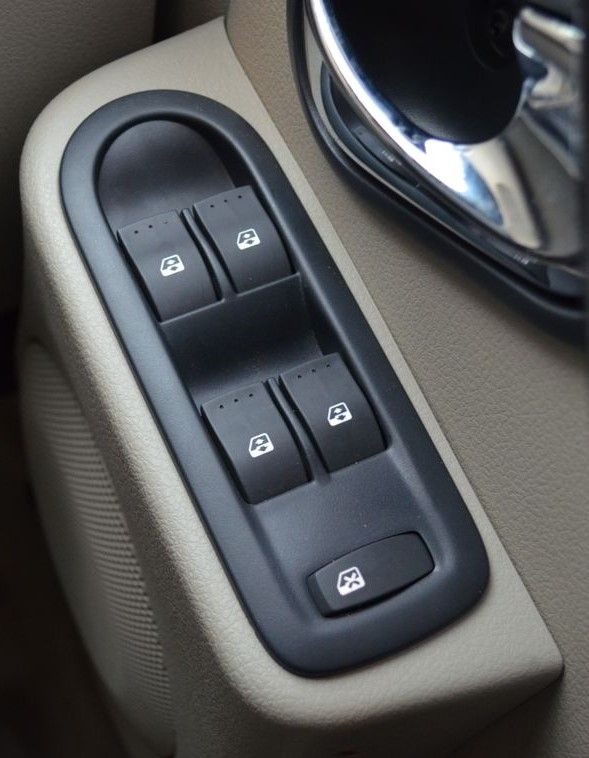
Powered windows and Remote locking is also mostly preferred.
Some of the key insights are:
- Mechatronics amuse the elderly drivers.
- Makes the interaction effortless and less straining
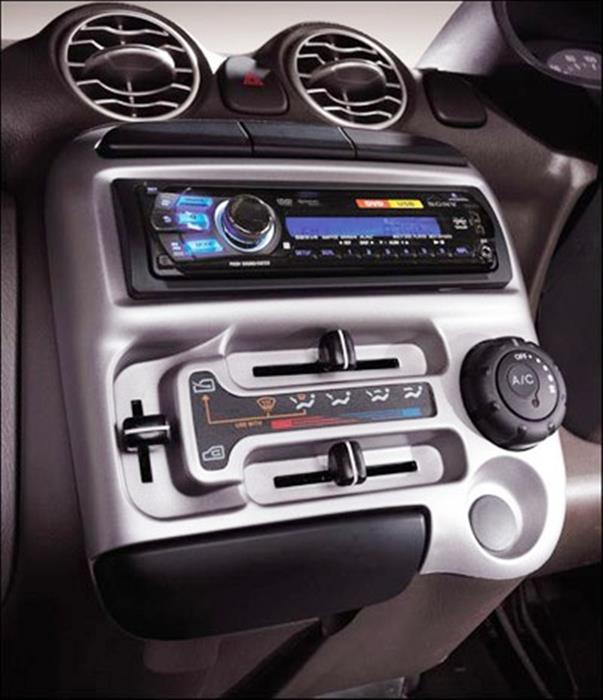
Most of the elderly drivers prefer MP3 players and FM radio systems in the car.
Some of the key insights are:
- Elderly drivers wish to have simple interfaces for entertainment with less number of interactions.
- The stressful driving moves them far from entertainment
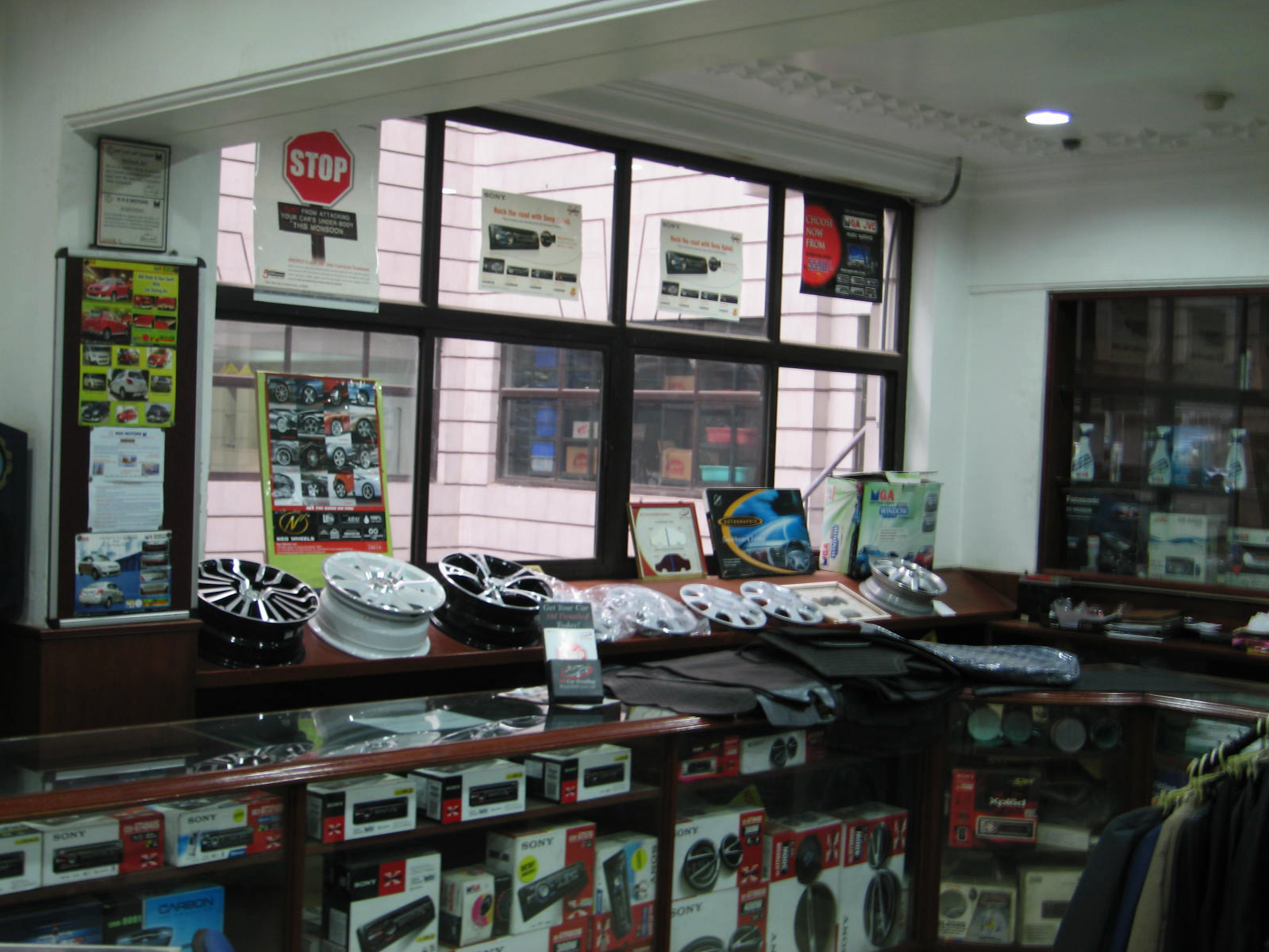
Of the famous sound systems the elderly go for the mid range price brands
In an interview with the Senior Engineer at Car Service station, I could get the following information
pertaining to the requests of the elderly drivers and the problems they bring to the service stations.
Usually elderly drivers request the clutch to be smooth for the reasons of knee pain resulted from the high traffic conditions where they have to use clutch very
very frequently. Most of the diesel versions of the car owners complain with hard clutch.
Request for smooth steering control for the reasons of effortless turning.
Often disappointed at the No Tuning option in the advanced vehicles which have MPFI control.
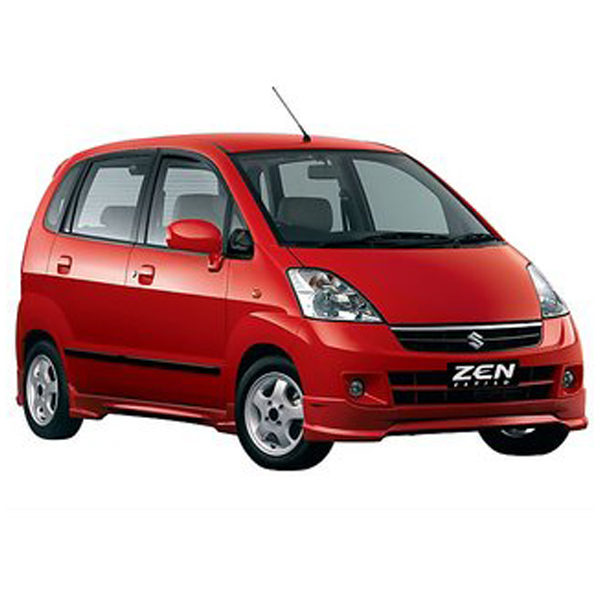 Aerodynamic features of newer car models have no Finder and hence elderly drivers face problems of front judgement
which result in accidents in the front part of the car.
Aerodynamic features of newer car models have no Finder and hence elderly drivers face problems of front judgement
which result in accidents in the front part of the car.
Elderly customers prefer to avail the pickup and drop faciltiy for the service of their vehicles.
Most of the elderly customers have smaller cars.
DESIGN RESEARCH
Surveys
Survey was conducted with well designed questionnaire with the main purpose
of getting insights on information, infotainment system, HMI, driving patterns.
All the drivers above 55 years of age were considered in the survey.
Some of the factors I considered while forming the questions were:
-
Information
- What information is the most needed?
- When do they need the right information?
- Why do they need the informtion? (priorities)
- How the information can be delivered to the elderly drivers?
- How do they behave in different conditions?
- High congestions / intersections
- Difficult terrains : blind turns / high roads/ bumpy roads
- Which is the most wanted entertainment mode?
infrastructure
Entertainment



THE PROBLEM
Design Opportunities
Problems identified
- Driving at intersections is one of the key problems because of difficulty in motion perception.
- Front and Rear judgment while driving and parking.
- The complexity of information in the contemporary dashboards and navigation system.
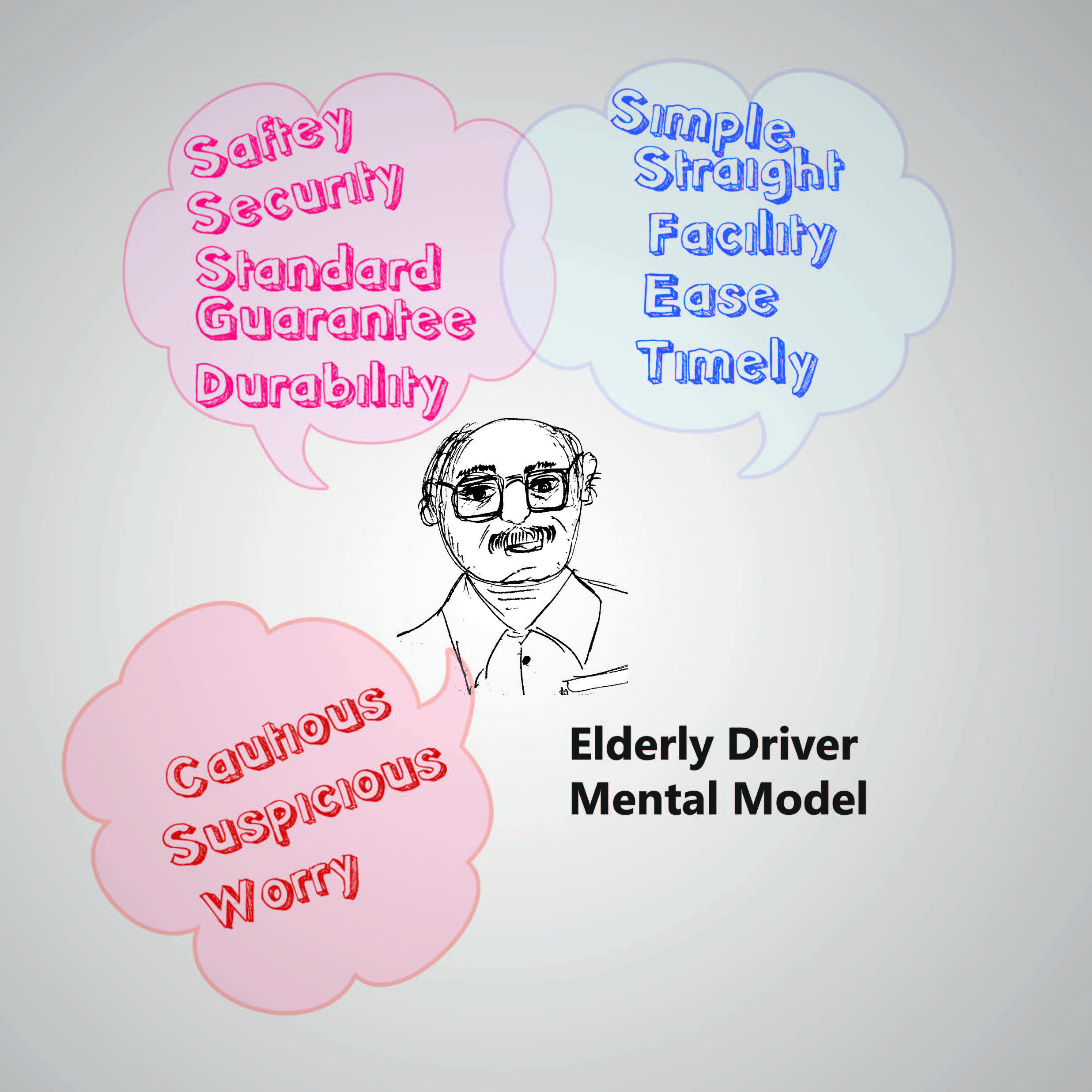
Opportunties identified
- An alternate system to manage information inside the car
- A simple navigational aid for elderly drivers in Indian scenario
- The complexity of information in the contemporary dashboards and navigation system.
- Automated mechatronics inside the car for better reachability
- A system to assist elderly drivers at intersections
GUIDELINES
HMI Guidelines
Keeping in my mind the elderly drivers, I referred to the automobile visual HMI guidelines. Some are listed here.
Vision HMI guidelines
- Use good contrast between background and object
- Provide facility to reverse contrast
- Place clear borders and separate from other groups
- Increase character size of textual labels
- Signalling objects that are located in the driver's blind spot
- Contrast ratio should not exceed 10:1 on display panels
- Provide longer time for people to comprehend
- Facility to slow down moving objects on screen
- Facility to freeze objects on the screen
- Facility to change contrast in case of Display Panels
- Facility to tilt display bottom up and down in case of display panels
- Contrasts based on violet/blue or gree/yellow/orange/red will be difficult to percieve
- Facility to change color settings in the application
Auditory HMI guidelines
- Use auditory signals in the range of 1500-2500 Hz range
- Enhance the conspicuity of critical stimuli through changes of size, contrast, colour or motion.
- Assist the driver in directing his attention to relevant information.
Cognitive HMI guidelines
- Give the user sufficient time to respond to a request by the system and Provide advanced warnings to priovide the driver with enough time to react to the on-coming traffic situation.
- Infotainment System should not interfere the basic driving activity
- Provide prior knowledge on next traffic situation
- Use large diameter knobs, textured knobs surfaces and control with low resistance
- Signalling objects that are located in the driver's blind spot
- Simple interface/customizable dashboard/themes
CONCEPT
Generating Concepts
Sketches
Based on the design opportunities, key insights from design research and the driver mental model
I sketched few concepts initially. Later I evaluated my sketches before proceeding to the hi-fidelity mockups.

Sketch for alerting the driver when the car goes back on neutral gear

Digital dashboard with configurable information

Digital dashboard with controls to increase or decrease contrast and switch colors
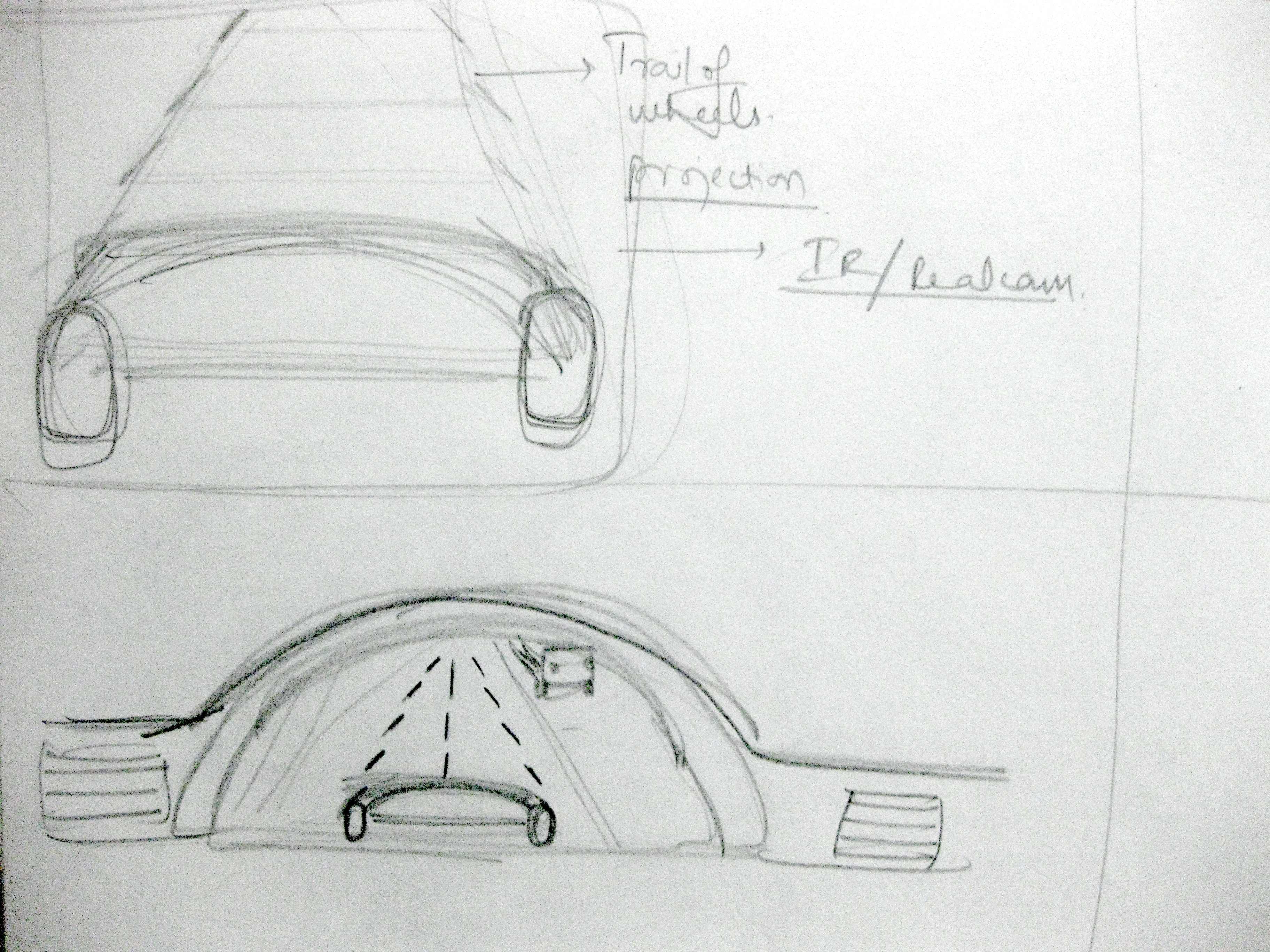
Trail of wheels by projection or video
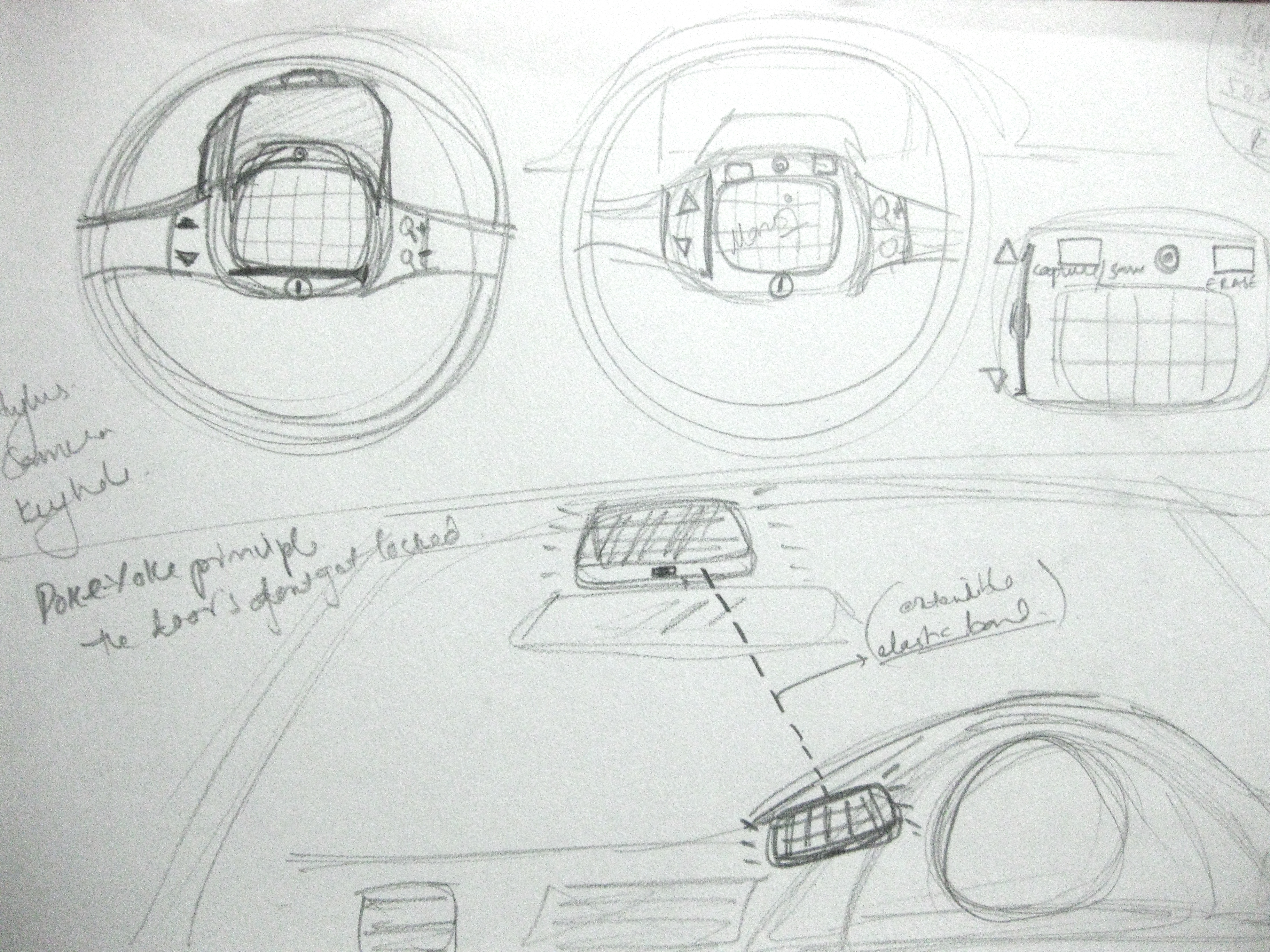
A digital scribble pad on the steering wheel for quick access of information
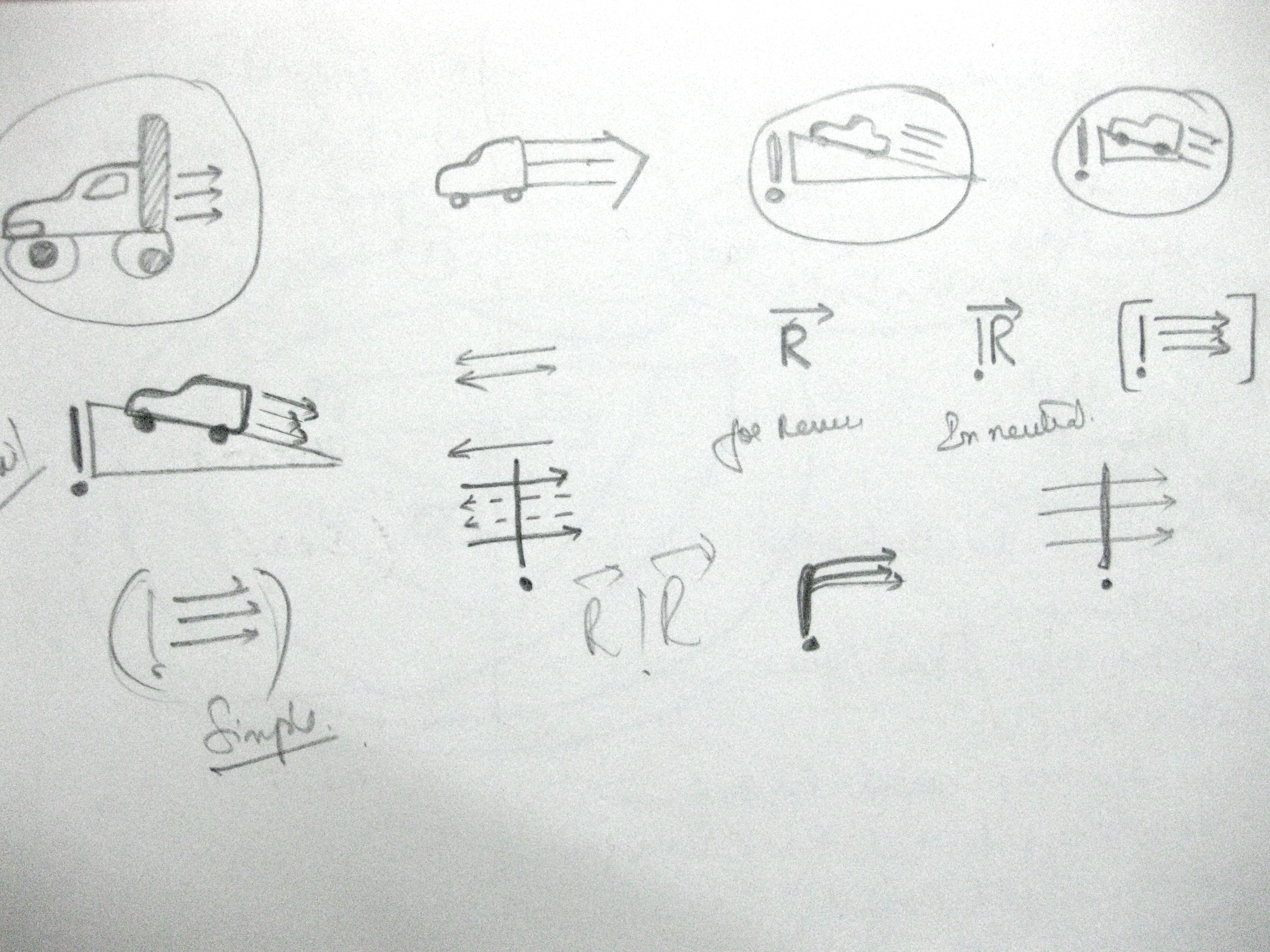
Sketch for alerting the driver when the car goes back on neutral gear
Digital sketches
I selected few of the concepts to do detailed digital Sketches
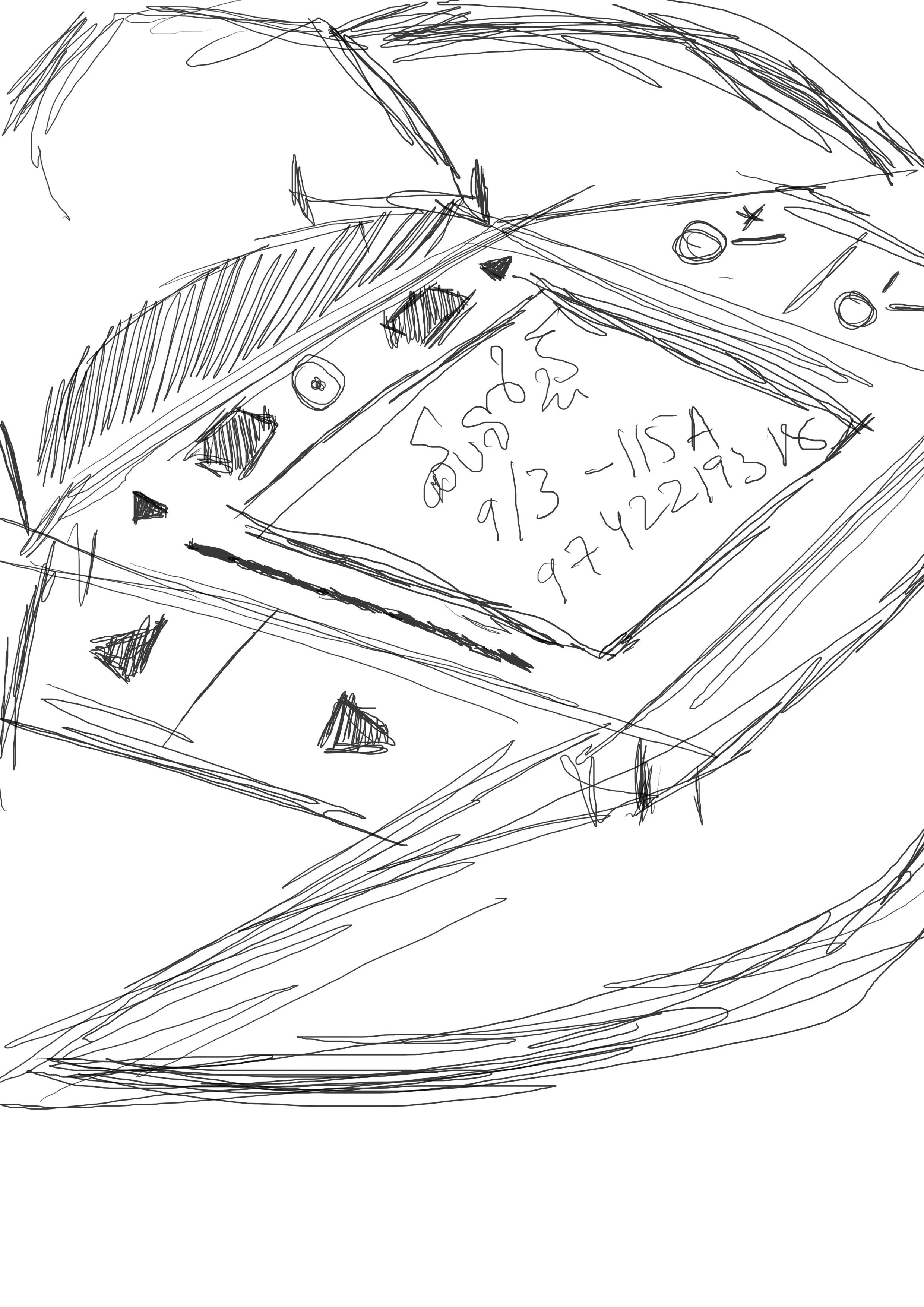
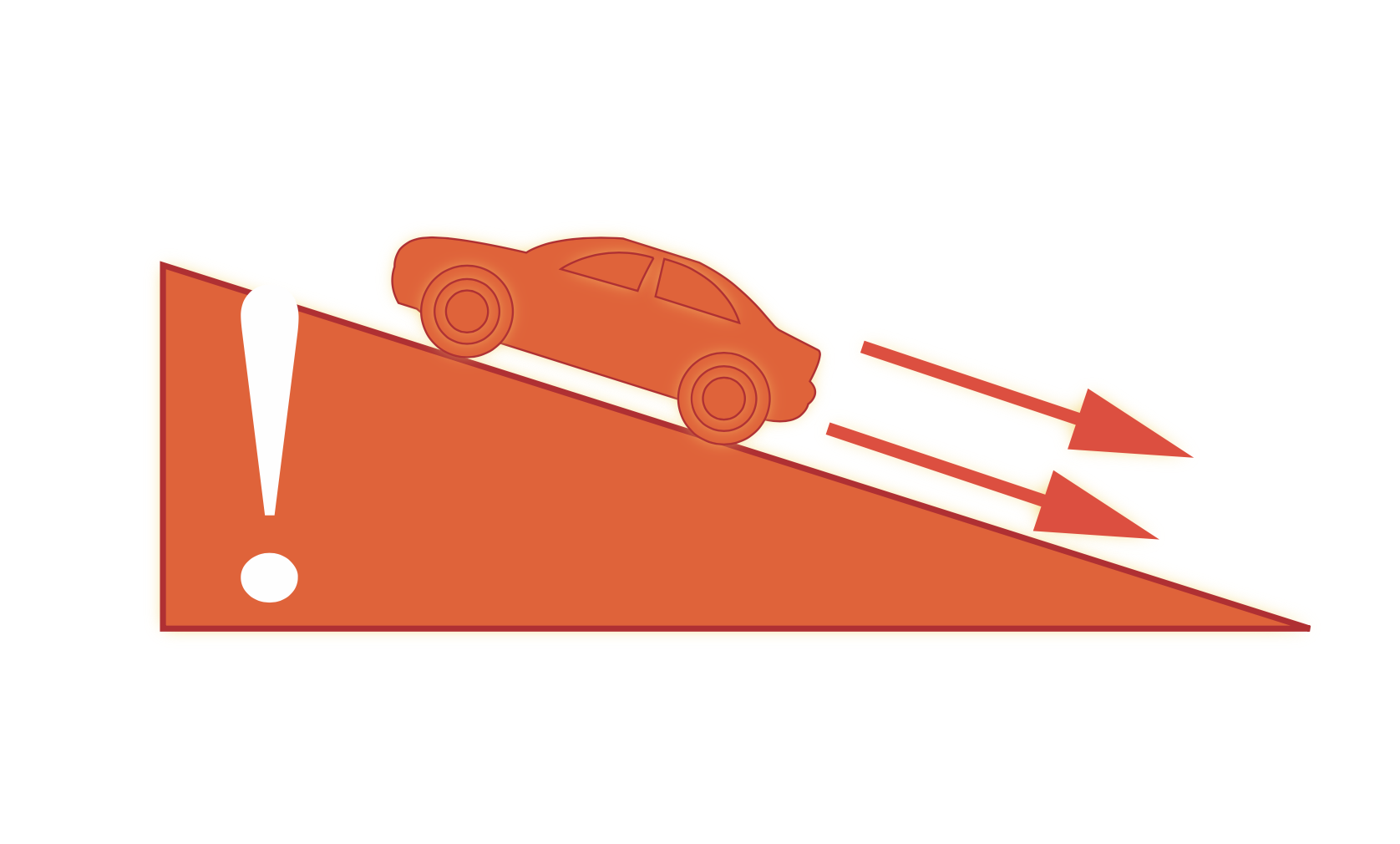
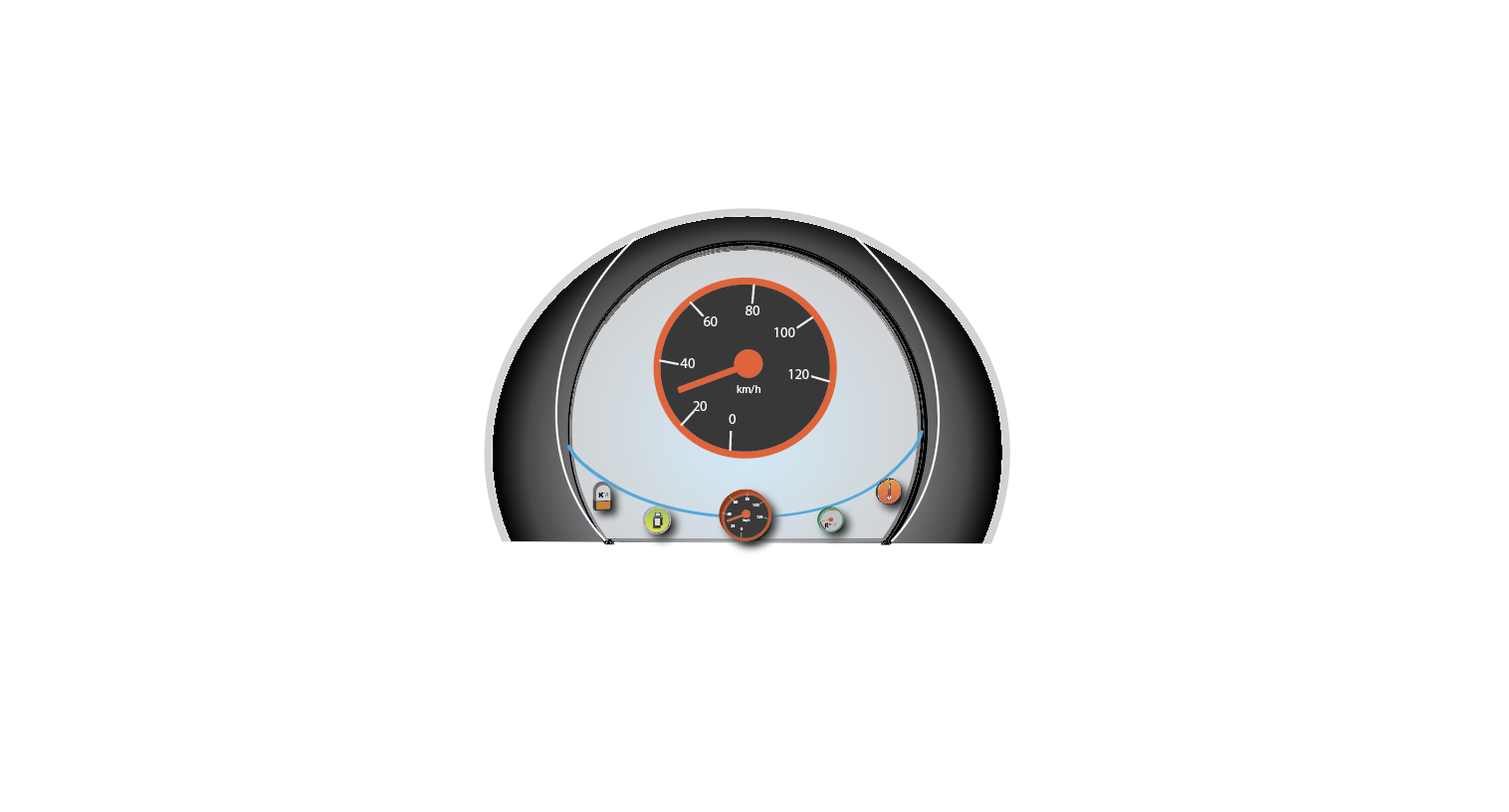
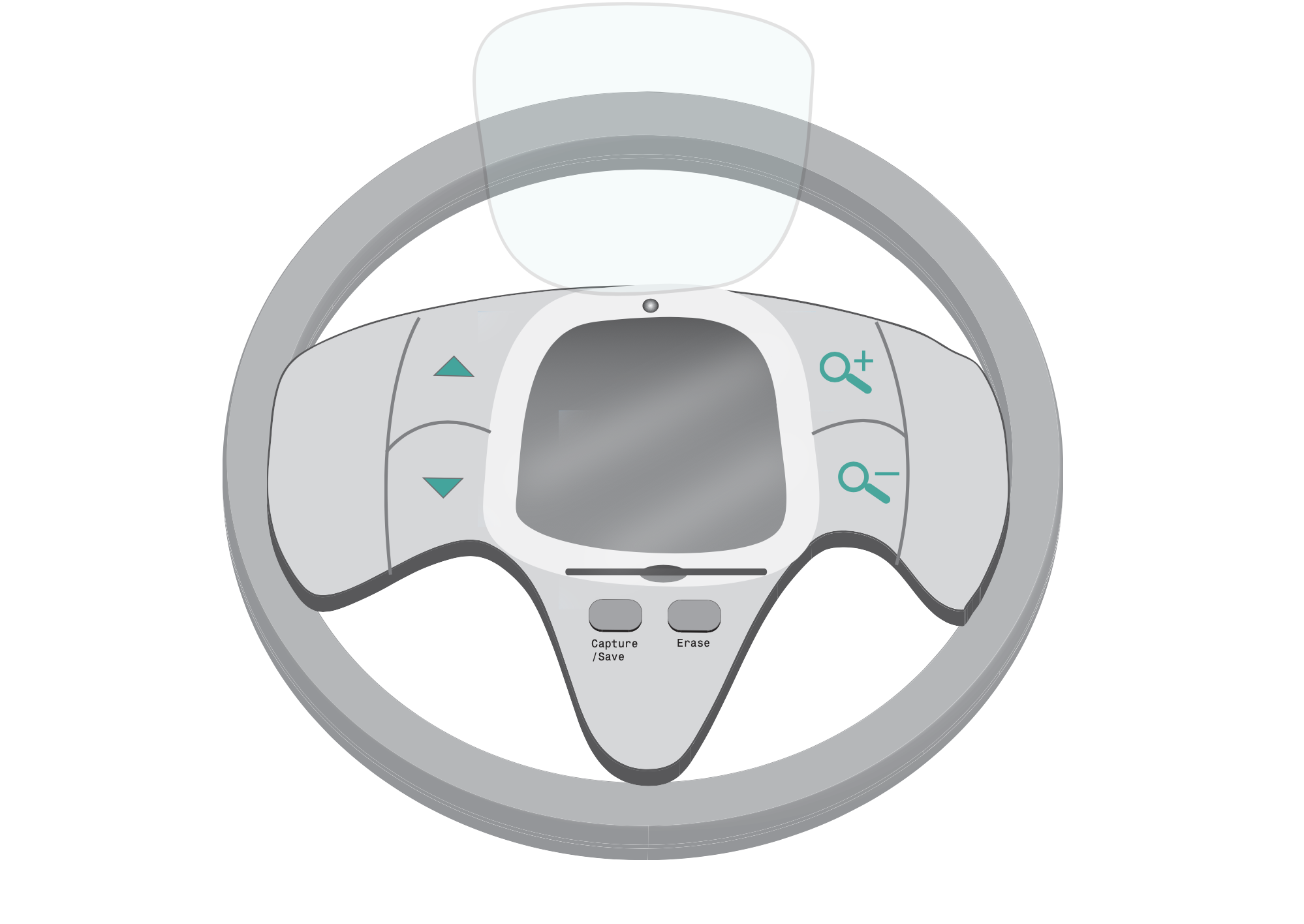
HMI CONCEPT
Doodle On Board
A digital tool for elderly drivers to store images like maps , bills , other documents + save hand
written information like phone numbers , addresses etc. with simple interface and minimalistic design
accessible on steering wheel of the car.


HMI CONCEPT
Customizable Dashboard
A dashboard with simple and intuitive interface to show the key information to the elderly driver.
It can be configured to show the required amount of information and the desired type of information like
RPM, Mileage etc.
Drivers can scroll, zoom, with the physical keys present on the steering wheel. These interactions are
intuitive and require less manipulation.
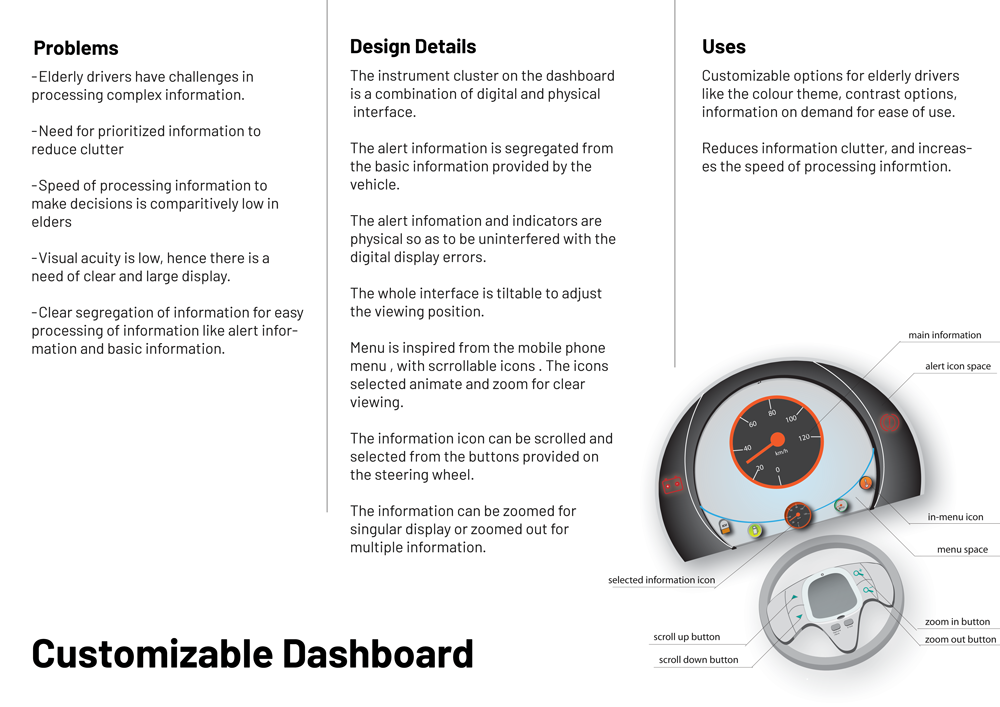
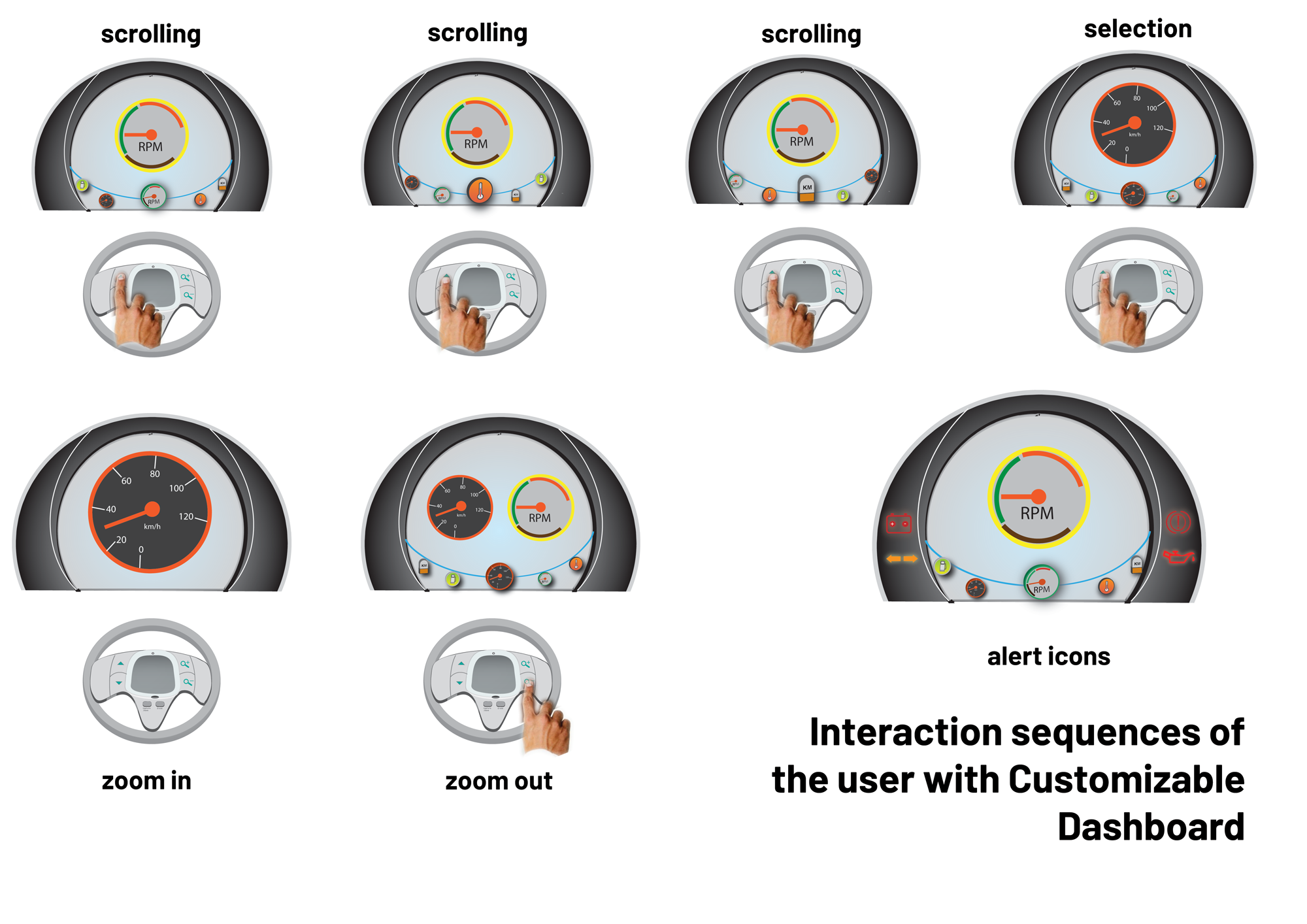
HMI CONCEPT
Backward Motion Alert
Design to notify the drivers, the accidental backward motion of the vehicle in neutral gear position.
Alert information in audio (beep) and visual format (glowing icon) with disable alert option.
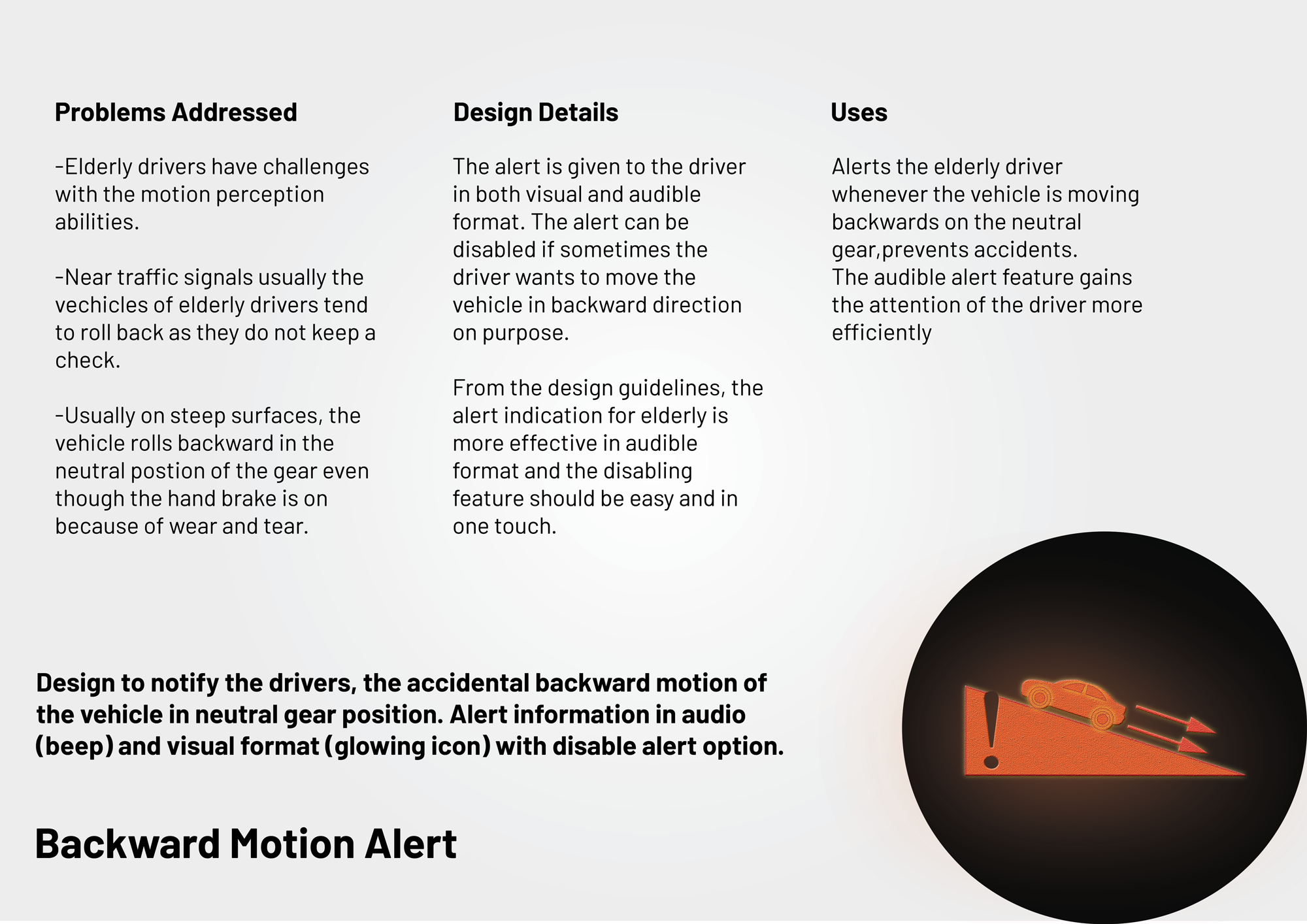
THE OUTCOME
Document and a Poster
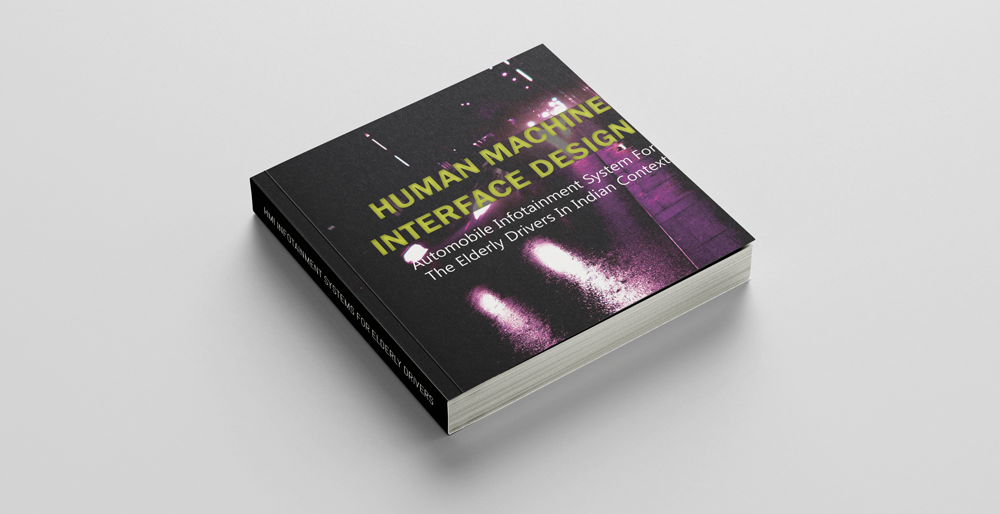
In depth understanding into elderly driving behaviors and their needs. Broader insight into the upcoming trends in Infotainment systems and New technologies in Automobiles.
The project was submitted as a design document to Robert Bosch HMI team under the guidance of Mr.Prasanth Halady and Interaction Design department head Dr.Bibhudatta Baral.

I submitted as a poster for the International Institute of Information Design ( IIID ) 2010 Expert Forum on Traffic and Transport in Vienna.
LEARNING
Regulations and Cost Effectiveness
After speaking to engineers I came to know many that there are regulations for an automobile
which we need to consider. For example, there have to be certain hard buttons on the
dashboard for emergency and cannot be replaced completely by soft buttons or screens.
Some of the concepts are way too expensive and cannot be a viable option to include in economical automobiles.
I thank Dr.Bibhudutta Baral, Mr.Prashant Helady, Mr. Guru Mallikarjuna for giving the opportunity to visit
the facility of BOSCH Automotive HMI department at Bangalore.